October is defined in Webster’s Dictionary as “31 days of horror.” Don’t bother looking it up; it’s true. Most people take that to mean highlighting one horror movie a day, but here at FSR, we’ve taken that up a spooky notch or nine by celebrating each day with a top ten list. This article, about the best Lucio Fulci horror movies, is part of our ongoing series 31 Days of Horror Lists.
When it comes to cinema, masters of horror are a dime-a-dozen. That’s not meant to throw shade on auteurs like John Carpenter and Wes Craven, or even new macabre impresarios like Robert Eggers, but we’re so eager to give out that title the moment a horror film makes an impact that we begin to lose sight of what really constitutes a genius. Still, there are certain directors who absolutely warrant that lofty moniker, none more worthy than the Italian Godfather of Gore, Lucio Fulci.
A grandfatherly man with a knit cap and coke bottle glasses that rivaled George Romero’s own specs, Fulci did what so few horror directors ever even attempted: he created artistically impactful horror films that just so happened to be wrapped in gleefully sadistic sex and violence.
He spun his inherent Artaudian sensibility into splatter flicks that are able to straddle the line between arthouse and grindhouse in a way other masters of horror were less inclined to do. Beneath the layers of sleaze and stomach-churning deaths, you can see Fulci’s visual eye veer more towards surrealist filmmakers like Luis Buñuel than his fellow Italo contemporaries like Mario Bava and Dario Argento. The arthouse horror movement that’s popular today just wouldn’t be the same if it wasn’t for Fulci’s contributions to the genre.
Fulci’s output is as vast as it is diverse, so to cut through to the meat of his filmography, Anna Swanson, Brad Gullickson, Chris Coffel, Kieran Fisher, Meg Shields, Rob Hunter, Valerie Ettenhofer, and I have chosen the ten films that truly exemplify why Lucio Fulci has earned his title as master of horror.
10. A Cat in the Brain (1990)
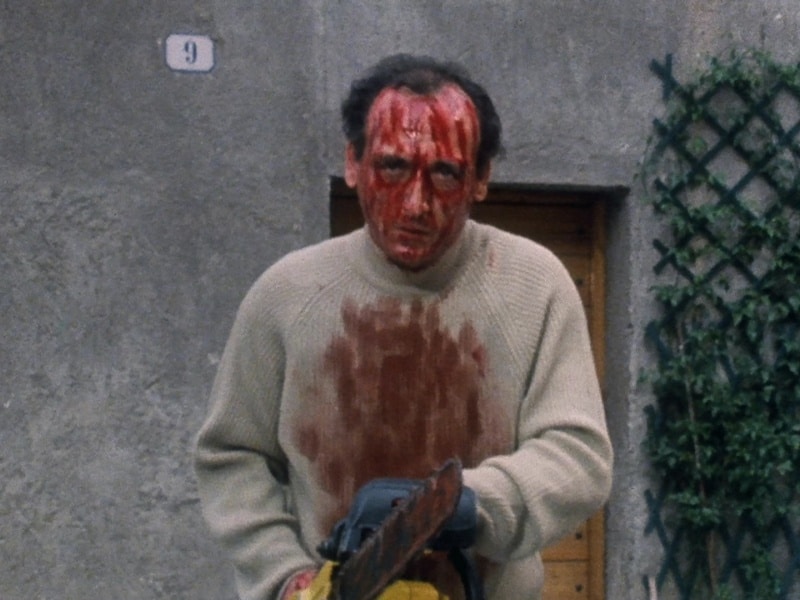
A Cat in the Brain opens on a remarkable image of a cat literally eating a brain, which is the level of subtlety you come to Lucio Fulci movies for. Essentially his own spin of Federico Fellini’s 8 1/2, Fulci casts himself as himself, a disillusioned horror director who begins hallucinating that his gory creations are coming to life and driving him to murder.
While not nearly as salacious as his other films, this latter career Fulci is admirable for both its unique cleverness (that is arguably emulated in Peter Strickland’s Berberian Sound Studio) as well as the director’s own charmingly quirky acting style. I’ve always loved his lackadaisical cameos as police investigators in The New York Ripper and Aenigma, but here his sleepy, detached performance works as the perfect – if not unintentional – counter to his proxy’s increasingly erratic behavior.
A lot of horror fans consider A Cat in the Brain to be for Fulci purists only, but I find it offers a fascinating peek into a distinct facet of the director’s artistry that audiences who may be unfamiliar with his work can find engaging. This is a meta-fiction horror-comedy that I earnestly believe film majors should devour right alongside Fellini’s original masterwork. (Jacob Trussell)
9. Aenigma (1987)
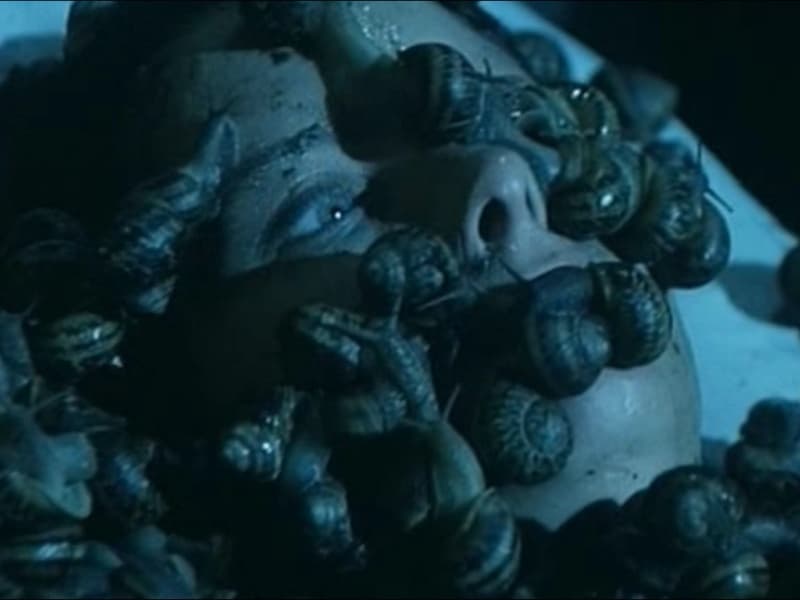
“My lips are numb, and my patients are waiting.” Look, even when Fulci is “not at his best,” he’s still more ghoulish and entertaining than everyone else in the room. There is a shot in this film where a rotting apparition of a supernatural coma patient fades to reveal a jubilant Top Gun poster. A girl is eaten alive by snails. A handsy calisthenics teacher strangles himself. What more could you ask for?
Aenigma tells of a teen whose boarding school peers inadvertently bully her so hard she has a near-fatal accident. Look, her mom is the janitor and she smells like garlic, which is enough cause for ridicule; you know how girls are!. Refusing to go quietly after slipping into a coma, the bullied girl possesses a mid-term newcomer at the school and begins exacting her telepathic revenge. This is the bastard child of Phenomena and Patrick – and if that doesn’t sound like a good time to you, we can’t be friends. (Meg Shields)
8. The Black Cat (1981)
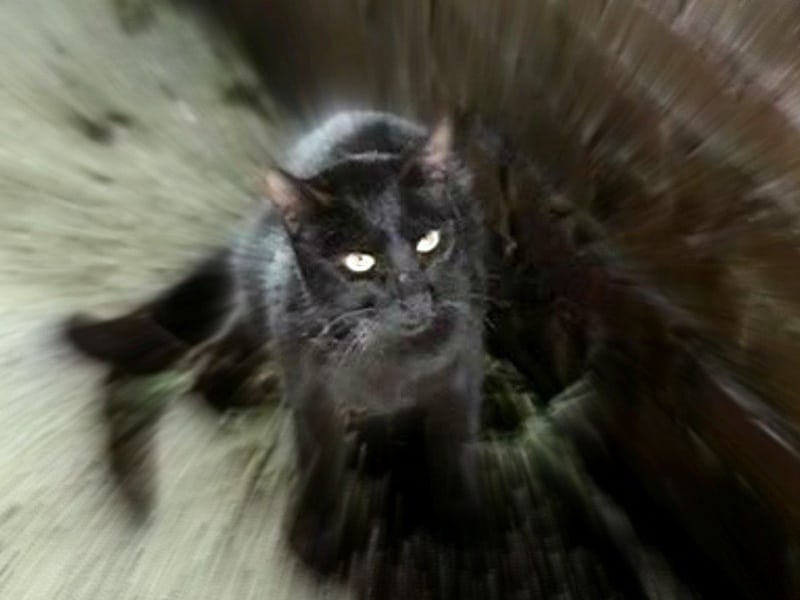
The pairing of Fulci and Edgar Allan Poe is not the oil and water combination you might initially think it to be. The director’s uncontrollable desire to languish on the meat and the gore matches the emotional power behind the writer’s various acts of perversion. What would it actually feel like to be walled up inside a structure while still alive? Poe’s words get to the agony, but so do Fulci’s visuals. In the final moments of Fulci’s The Black Cat, the screams we see on the screen mimic the screams we imagined when we first read Poe’s fiction in school.
Edgar Allen Poe was the deranged madman of his time, and so was Lucio Fulci the madman of his. Placed across from each other in a pub, these sickos would have one helluva delightful conversation. The Black Cat is as close as we’ll ever get to witness such a chat. (Brad Gullickson)
7. Don’t Torture a Duckling (1972)
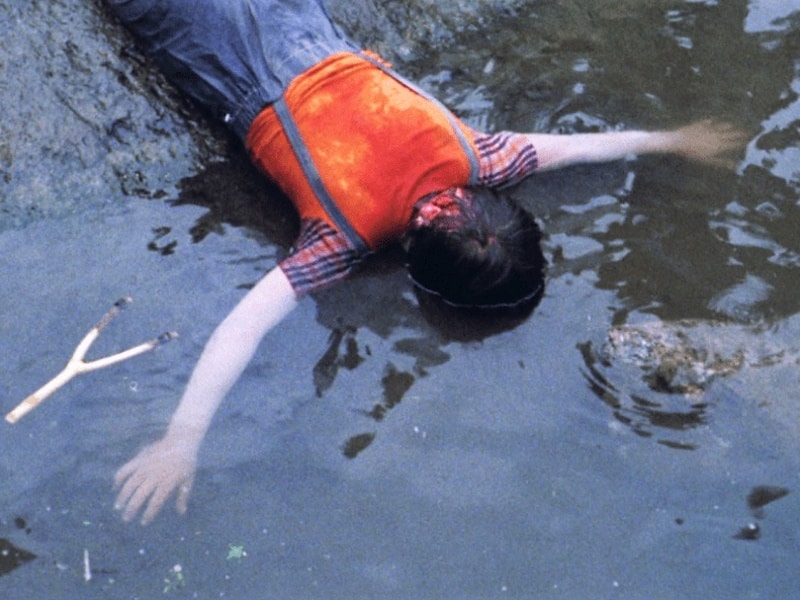
A giallo steeped in paranoia and mysticism, Don’t Torture a Duckling is a rough watch even by Fulci’s standards. One of his first horror films to really engage in abject violence, Duckling centers on a string of child murders occurring in a remote Italian village. The crimes bring attention to the small town as investigators track down an assailant who may be closer to the children than any of them think.
Fulci uses the insular, rural community to emphasize the split between science and superstition, the old world and the new, especially as the village grows hungry for a suspect and their rage turns towards a local gypsy woman (Florinda Bolkan) accused of witchcraft. This is only the tip of the iceberg in Fulci’s sweaty murder-mystery, but it’s perhaps most notable for being a departure from his latter horror career.
This isn’t ooey-gooey demons and zombies, but rather a very real – and sadly still very relevant – look at the actual monsters that exist in our everyday. With sharp cinematography, a sustained bleak tone, and marvelously bonkers usage of gory special effects, Don’t Torture a Duckling is one of the most serious and mature works from Fulci. (Jacob Trussell)
6. The New York Ripper (1982)
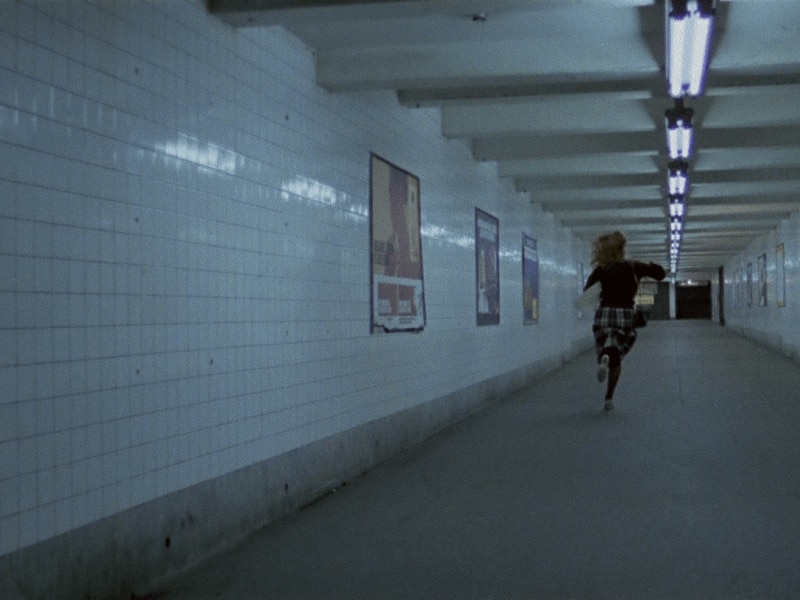
Fulci may have described this shocker as “Hitchcock revisited,” but a member of the UK’s censorship board at the time saw it differently as “the most damaging film I have ever seen in my whole life.” To that I’ll only add, why not both? I kid, although both takes are similarly exaggerated for effect. The film is a murder mystery of a sort that sees a sadistic killer brutalizing women throughout New York City, and much of the film was shot in the Big Apple offering a delicious snapshot of the city at its sleaziest.
As grim and grotesque as it gets, though, Fulci keeps the tone as wobbly as possible with absurd attempts at humor including a killer who calls the police using a Donald Duck voice. Gone are the unnatural demons and zombies of Fulci’s other films, and in their place is a killer prone to graphic displays of cruelty. It’s those scenes that gave the film its notoriety, both for the critics and the fans, and they are absolutely not for the squeamish. Seriously. While flesh is mangled and mutilated throughout his filmography, here it’s captured with such glee and mean-spiritedness that the carnage can’t help but feel worlds apart from his usual horrors. (Rob Hunter)

0 comments:
Post a Comment